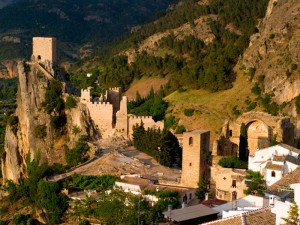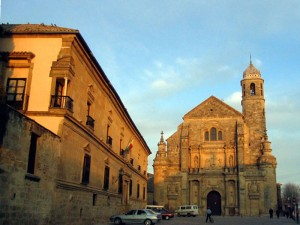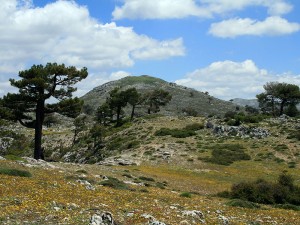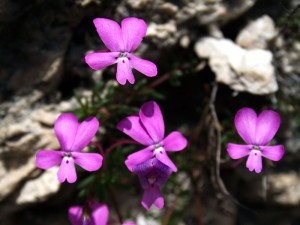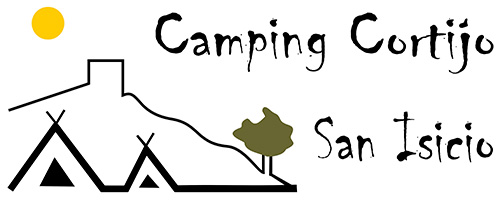Just 2 km from the campsite we find the town of Cazorla, considered one of the most beautiful villages in the province of Jaén. Bordering the Nature Reserve, this Andalucian village can be enjoyed by strolling through its many narrow streets, visiting its monuments and last but not least visit some of the many bars-terraces where one can enjoy a selection of tapas or any of the local dishes.
North of Cazorla, just 1 km away, is the village of La Iruela.This village has approximately 2000 inhabitants. It is best to discover on foot where one can find many cosy corners in the vicinity of the remains of a castle which dates back to the era of the knights of the templar.
Bordering the Nature Reserve, this Andalucian village can be enjoyed by strolling through its many narrow streets, visiting its monuments and last but not least visit some of the many bars-terraces where one can enjoy a selection of tapas or any of the local dishes.
A little bit further away, approximately 45 km, the medium-size cities of Úbeda y Baeza can be found. Both cities have been awarded the status of “World heritage”, partly because of the fact that both cities have many, well maintained, monuments dating back to the renaissance , mainly originating from or inspired by the well known architect Andres de Vandelvira.
Not visiting Úbeda and Baeza is a “sin that is difficult to forgive”, according to tradition. It is preferable to get lost in its streets and enjoy the surprise of the facades with columns, latticed balconies, etc. of which some are known works of the architect Andrés de Vandelvira.
With a coverage of more than 214.300 hectares, the¨Sierras de Cazorla, Segura y las Villas¨ is the largest Natural Park in Spain and the second in Europe. It´s an impressive area covered with extensive forest areas and also many several brooks and rivers. The source of the rivers Guadalquivir and Segura can be found within this mountains range, eventually flowing into the Atlantic Ocean and Mediterranean sea. Other less important but equally beautiful rivers are the Borosa and the Aguasmulas.
The source of the rivers Guadalquivir and Segura can be found within this mountains range, eventually flowing into the Atlantic Ocean and Mediterranean sea. Other less important but equally beautiful rivers are the Borosa and the Aguasmulas.
About 1400 different species of plants and herbs can be found in the Natural Park.
Twenty-four of these can only be found in this specific region amongst them the Cazorlean Violet (Viola Cazorlensis ), a large daffodil (Narcissum longispathus) and also several species of orchids.
To its plant and landscape wealth, we must add a varied and abundant fauna that finds refuge under the closed vegetation and the inaccessibility of its cuts.
As for the flora, there are numerous unique species, such as the Cazorla violet (Viola cazorlensis), a daffodil that claims to be one of the largest in the world (Narcissus longispathus) and a particular carnivorous plant (Pinguicula vallisneriifolia). There are also numerous species of fresh water fish such as rainbow trout , catfish or red mullet
Apart from the mountain goats one can also encounter deer, wild boar, and foxes on one of the many routes within the Natural Park. For the ornithologist this Natural Park is really special as many species of birds can be found such as the eagle, vulture and bee-eater. Particularly important is the Bearded Vultures or “Bone-breakers”, which is being reintroduced in the area.
